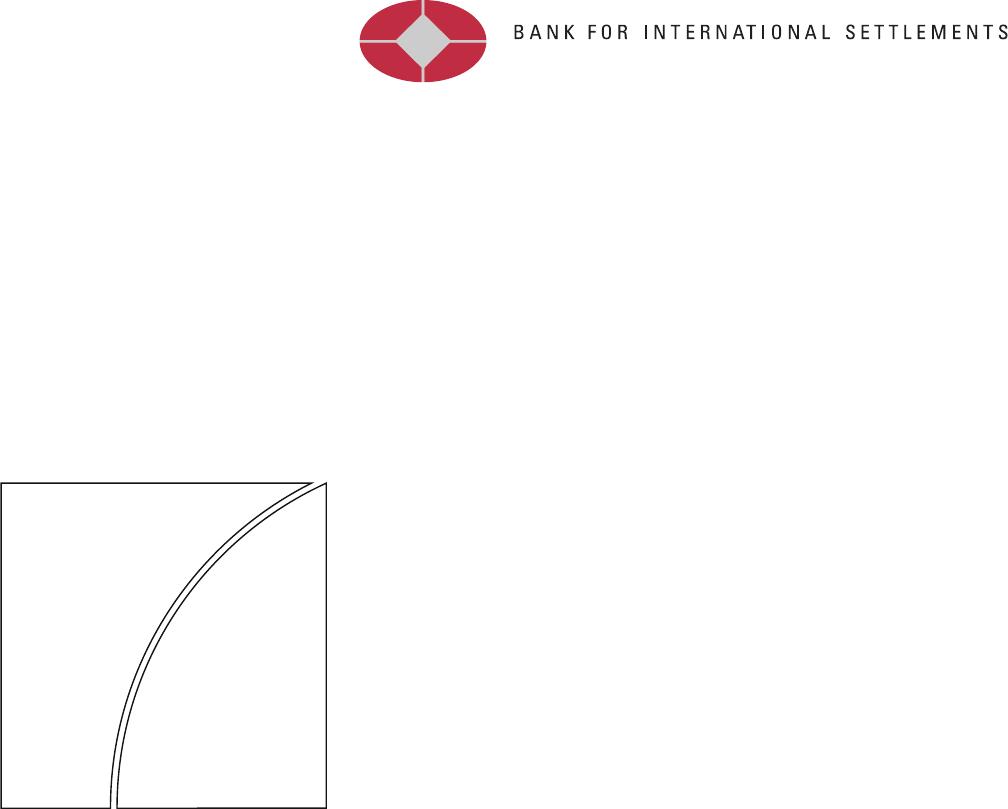




BIS:中央银行数字货币的崛起:动因、途径和技术(全球金融科技行业).pdf
10墨值下载

BIS Working Papers
No 880
Rise of the central bank digital
currencies: drivers, approaches
and technologies
by Raphael Auer, Giulio Cornelli and Jon Frost
Monetary and Economic Department
August 2020
JEL classification: E58, G21.
Keywords: central bank digital currency, CBDC, central
banking, digital currency, digital money, distributed
ledger technology, blockchain.
BIS Working Papers are written by members of the Monetary and Economic
Department of the Bank for International Settlements, and from time to time by other
economists, and are published by the Bank. The papers are on subjects of topical
interest and are technical in character. The views expressed in them are those of their
authors and not necessarily the views of the BIS.
This publication is available on the BIS website (www.bis.org).
© Bank for International Settlements 2020. All rights reserved. Brief excerpts may be
reproduced or translated provided the source is stated.
ISSN 1020-0959 (print)
ISSN 1682-7678 (online)

Rise of the CBDCs: drivers, approaches and technologies
1
Rise of the central bank digital currencies:
drivers, approaches and technologies
∗
Raphael Auer,
♦
Giulio Cornelli
♦
and Jon Frost
♦
†
Abstract
Central bank digital currencies (CBDCs) are receiving more attention than ever before.
Yet the motivations for issuance vary across countries, as do the policy approaches
and technical designs. We investigate the economic and institutional drivers of CBDC
development and take stock of design efforts. We set out a comprehensive database
of technical approaches and policy stances on issuance, relying on central bank
speeches and technical reports. Most projects are found in digitised economies with
a high capacity for innovation. Work on retail CBDCs is more advanced where the
informal economy is larger. We next take stock of the technical design options. More
and more central banks are considering retail CBDC architectures in which the CBDC
is a direct cash-like claim on the central bank, but where the private sector handles
all customer-facing activity. We conclude with an in-depth description of three
distinct CBDC approaches by the central banks of China, Sweden and Canada.
Keywords: central bank digital currency, CBDC, central banking, digital currency,
digital money, distributed ledger technology, blockchain.
JEL classifications: E58, G21.
∗
The views expressed here are those of the authors and do not necessarily reflect those of the Bank
for International Settlements. For comments and input, we thank David Archer, Douglas Arner,
Codruta Boar, Haiwei Cao, Stijn Claessens, Carl-Andreas Claussen, Sebastian Doerr, Umar Faruqui,
Leonardo Gambacorta, Philippe Haene, Henry Holden, Martin Hood, Linda Jeng, Taejin Park, Mateo
Piccolo, Martin Summer, Tara Rice, Amber Wadsworth, Hye-Rim Yoo, Nouran Youssef, Dirk Zetzsche
and participants at a BIS research meeting, an Arab Monetary Fund Fintech Working Group meeting
and a meeting of the OECD Experts Group on Finance and Digitalisation. We thank Mu Changchun,
Lyu Yuan, Scott Hendry, Francisco Rivadeneyra, Dinesh Shah, Gabriela Guibourg, Martin Johansson
and Stig Johansson for conversations regarding the CBDC approaches of the People’s Bank of China,
Bank of Canada and Sveriges Riksbank.
♦
Bank for International Settlements (BIS),
†
Cambridge Centre for Alternative Finance (CCAF).
of 44
10墨值下载
【版权声明】本文为墨天轮用户原创内容,转载时必须标注文档的来源(墨天轮),文档链接,文档作者等基本信息,否则作者和墨天轮有权追究责任。如果您发现墨天轮中有涉嫌抄袭或者侵权的内容,欢迎发送邮件至:contact@modb.pro进行举报,并提供相关证据,一经查实,墨天轮将立刻删除相关内容。
北京华宇信息技术有限公司 运维
最新上传
下载排行榜
1
2
白鳝-DBAIOPS:国产化替换浪潮进行时,信创数据库该如何选型?.pdf
3
centos7下oracle11.2.0.4 rac安装详细图文(虚拟机模拟多路径).docx
4
PostgreSQL 缓存命中率低?可以这么做.doc
5
李飞-AI 引领的企业级智能分析架构演进与行业实践.pdf
6
达梦数据2024年年度报告.pdf
7
刘杰-江苏广电:从Oracle+Hadoop到TiDB,数据中台、实时数仓运维0负担.pdf
8
Sunny duan-大模型安全挑战与实践:构建 AI 时代的安全防线.pdf
9
王璟尧_脱敏_从数据到决策.pdf
10
AI 开发工具的过去现在和将来-施乔.pdf


相关文档
评论